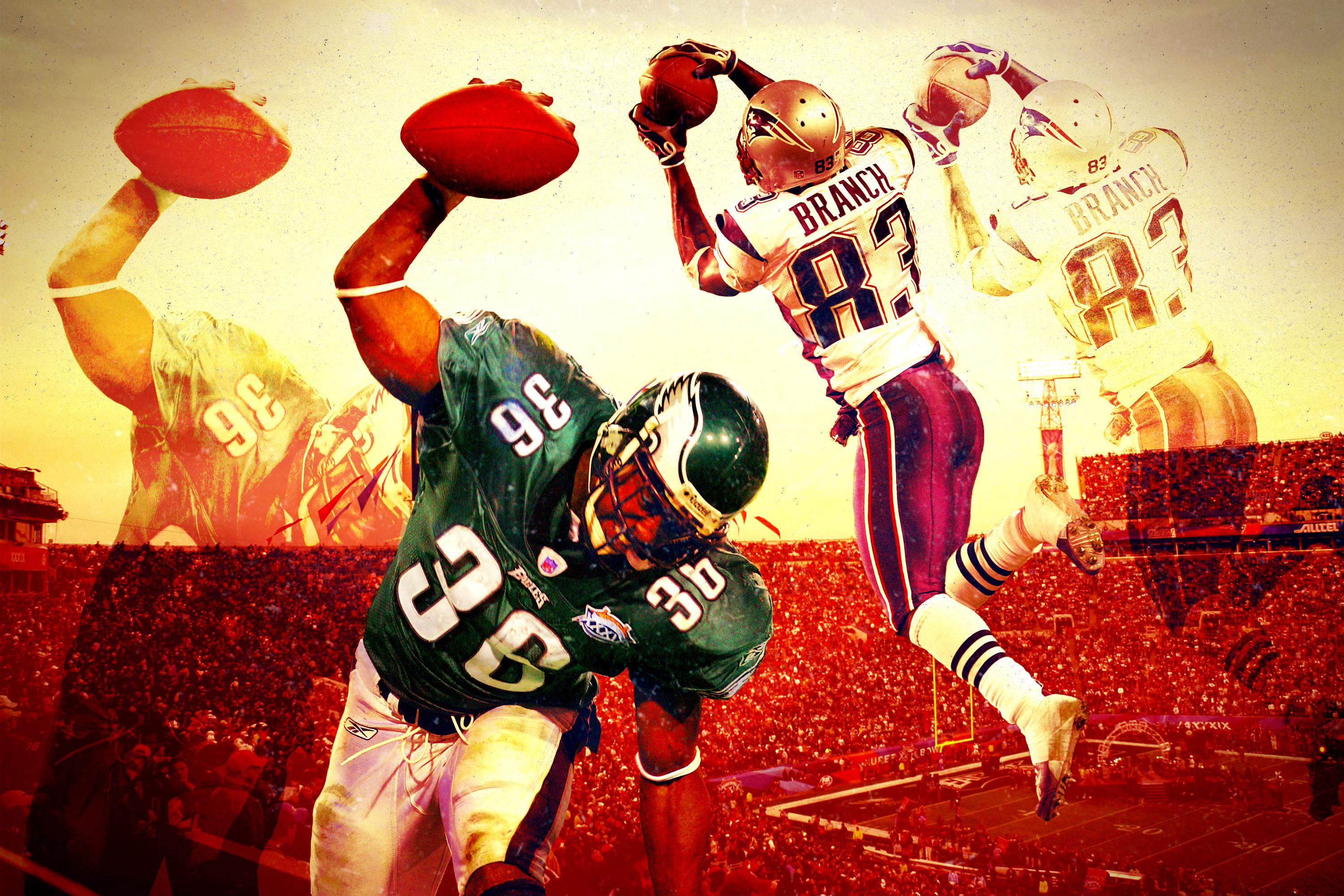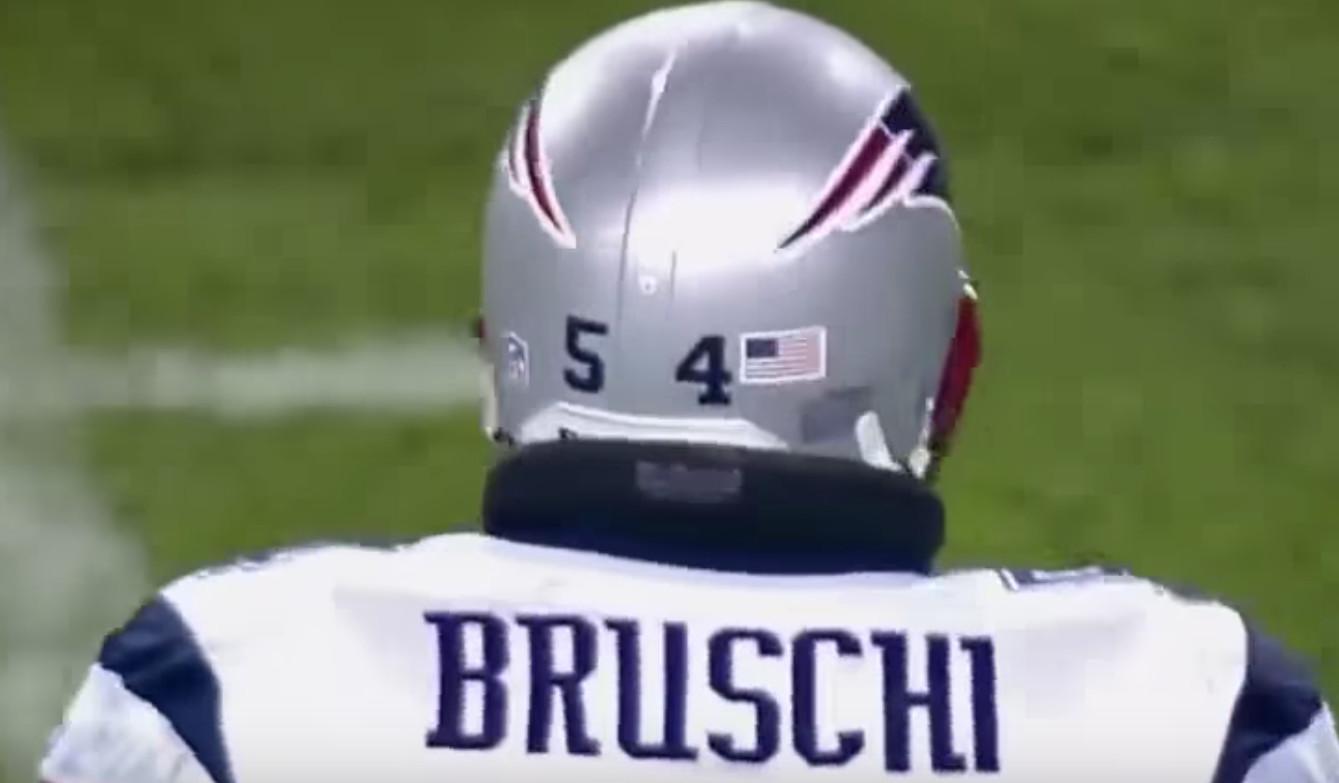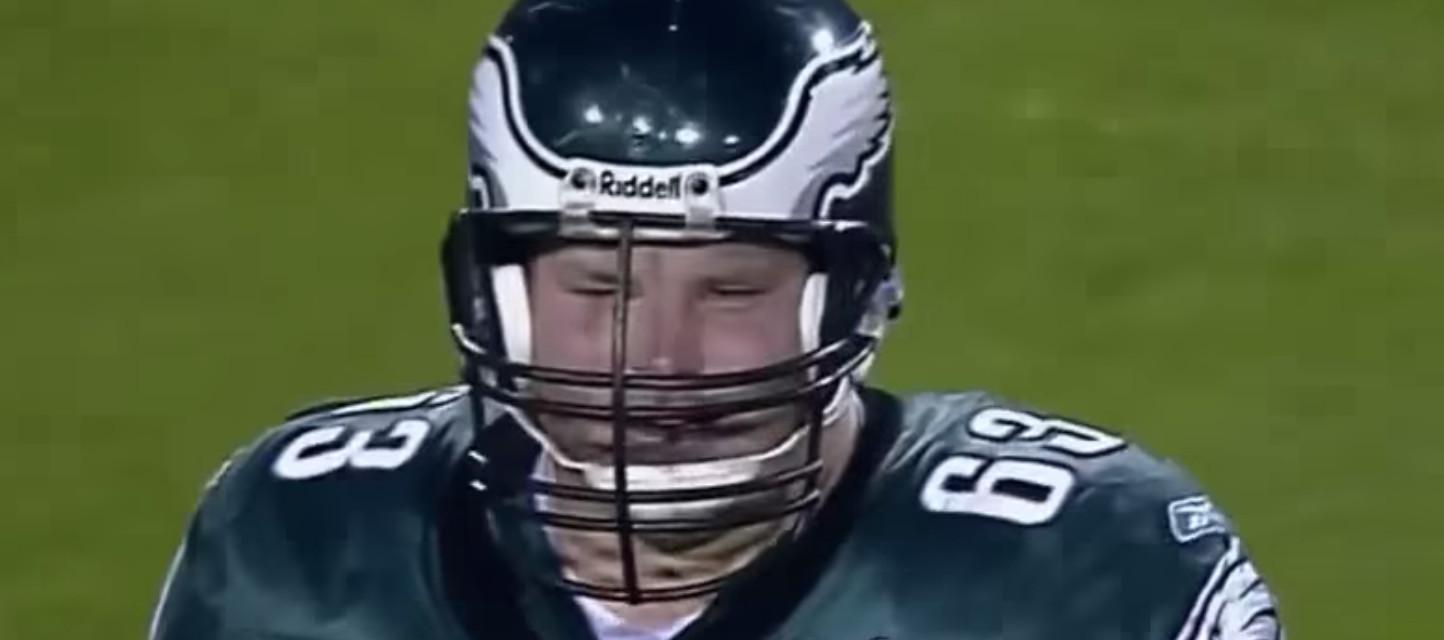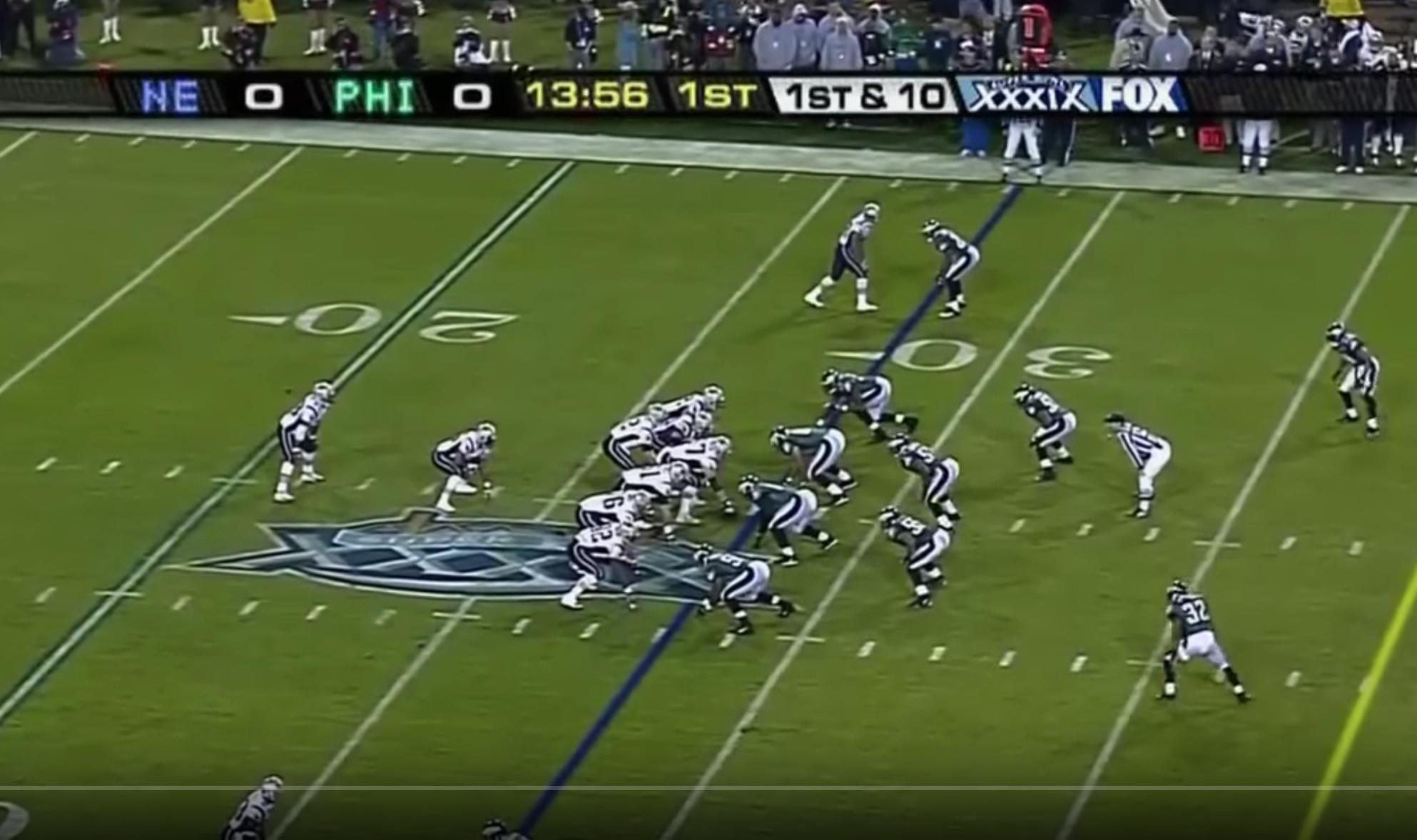
They say revenge is a dish best served cold, and the Eagles’ opportunity to avenge their Super Bowl XXXIX loss to the Patriots has been on ice for a full 13 years now …
OK, yeah, that’s a little melodramatic. Sure, Super Bowl LII is technically a rematch of that game. But both squads have changed dramatically over the years—Tom Brady and Bill Belichick are just about the only constants, leaving the revenge narrative pretty watered down—and the league has evolved plenty, too. In lieu of watching the Pro Bowl, I took a trip down memory lane on Sunday and, with the help of YouTube, flipped on an old broadcast of that Super Bowl. It featured two sets of different players, schemes, styles, and identities. The game drove home just how different the NFL looks a decade-plus later, but showed, too, that no matter how much football evolves, some things will never change.
The mid-aughts don’t feel all that distant, but when you turn on the tape and see what high-def video looked like in the year of our lord 2005, it sure starts to feel like you’re looking back on ancient times. For more context: I definitely heard some “Rock & Roll, Part 2” on the loudspeaker, I’m pretty certain I caught a glimpse of a mullet-sporting Tom Arnold in the stands, both teams’ uniforms were shiny and baggy, the pads were enormous, and a few of football’s vestigial tails were still showing up, like the now-rare neck roll.

I mean, just look at this face mask:

Bill Belichick smiled a few times! He even made a mistake, heading to the wrong bench after coming out of the tunnel before the game, which forced him to run back across the field with a bewildered look on his face, something the broadcast made sure to point out as a potentially bad omen for the coming battle. Of course, with two Super Bowl wins under his belt, Belichick’s reputation was already well established—he’d gone 9-1 in his career in postseason play to that point, a win percentage that matched the great Vince Lombardi for best all time.
Brady’s legend was growing, too. He was a two-time Super Bowl MVP who’d gotten off to the best postseason start for any quarterback ever, posting a sterling 8-0 playoff record and becoming the youngest QB to start his third Super Bowl. But despite that, the Patriots had leaned heavily on their run game—Corey Dillon set a franchise record with 1,635 rushing yards that year—and New England was still considered a “defensive team,” as Troy Aikman put it, highly respected for a dominant front seven (which featured Richard Seymour, Vince Wilfork, Mike Vrabel, Tedy Bruschi, and Willie McGinest) and a talented secondary (with Rodney Harrison, Asante Samuel, Randall Gay, and Eugene Wilson). That group tied for second in points allowed and seventh in defensive DVOA in 2004, and it set the tone early against Donovan McNabb, Brian Westbrook, and the Eagles offense, which had finished the year eighth in scoring. The game started out as a defensive slug fest, and after a mostly sloppy first two quarters of play, the two teams went into the locker rooms tied 7-7. Paul McCartney was the halftime performer, by the way.
Both squads tacked on touchdowns in the third quarter, and the game went into the final frame tied at 14-14. That’s when Brady, Dillon, and the game’s eventual MVP, Deion Branch, took over. New England’s offense mounted two straight scoring drives to build a 10-point lead midway through the fourth, and what followed will go down in Super Bowl infamy: The Eagles got the ball back with 5:40 to go and put together a 13-play, 79-yard drive that ended in a McNabb touchdown pass to Greg Lewis with 1:55 to go, cutting the lead to 24-21. They’d scored, but the problem, of course, was that they’d done so at a glacial pace, huddling prior to every play and showing no sense of urgency as precious seconds melted off the clock. Whether it was poor time management by Andy Reid or the result of McNabb being too winded (as was the rumor after the game), the drive killed nearly four minutes; the ensuing onside kick failed, and the Patriots ran the ball three times, forcing the Eagles to use all three of their timeouts before getting the ball back with just 46 seconds left. Their last-ditch drive failed as Harrison picked off a tipped McNabb pass, effectively sealing the Patriots’ dynasty-clinching win.
It was an exhilarating end to what had turned into a great game. It featured all the heroics, on both sides, that any Super Bowl should: McNabb ended up as one of the game’s goats, but he did throw a trio of impressive touchdown passes. Terrell Owens overcame a late-season ankle injury to reel in nine passes for 122 yards, including this impressive catch late in the game.
Brady was his normal unflinching, fourth-quarter, game-on-the-line self. Dillon ran with authority. Branch racked up 133 yards and matched a then–Super Bowl record with 11 catches, including this miraculous grab in traffic that helped set up a field goal.
Vrabel caught a touchdown. Harrison picked off two passes, including the game-sealing interception. It was really exciting, fun football. At times, the game offered a glimpse into the direction that football was heading, particularly with Reid’s creative use of the versatile Westbrook. As we see so often in modern NFL offenses, Westbrook made hay by splitting out into the slot or out wide in the formation, running routes like a receiver. Westbrook wasn’t the first running back to do this, but he helped pave the way for a future generation of dual-threat backs—Le’Veon Bell may be the best contemporary example—to operate as hybrid runners and receivers.
But much of this game looked different from the football we see today. The first thing that stands out is how much the league’s most-utilized schemes and formations have changed in the past 13 years. The I-formation—a look that features two backs lined up behind the quarterback, who took the snap from under center—was ubiquitous in 2004. And sure enough, on the Patriots’ first two plays, New England lined up like this:

In this game, and during the 2004 season overall, the slot receiver was still more of an afterthought—a part-time position to be used here and there to create a mismatch. In the 13 years since, though, 11 personnel—a three-receiver, one-back, one-tight-end look—has become the league’s go-to personnel group, with teams running that set on 58 percent of their plays in 2017. The modern game continues to adopt college spread-offense principles, and while New England led the NFL in plays out of two-back looks this season—26 percent of their total—teams league-wide ran that personnel group just 7 percent of the time.
For most squads, the fullback position has been either greatly diminished or phased out altogether as passing has exploded in the league. In its place, the slot receiver has emerged—and along with that change, nickel and dime defenses (which take a linebacker or defensive lineman off the field and replace them with a corner or safety) have replaced the standard four-defensive-back looks that were most prominent back in 2004. Speed and coverage ability is more important than the ability to defend the run, and that’s meant that linebackers have slowly shrunk before our eyes over the past decade-plus. You don’t see many guys in the mold of Eagles linebacker Jeremiah Trotter, who checked in for Super Bowl XXXIX at 6-foot-1 and 262 pounds.
The game is most commonly played from the shotgun now, too. According to Football Outsiders’ game charting, shotgun snaps were used on just 13 percent of all plays in 2004. That number has skyrocketed over the past decade, and this year, teams ran plays out of pistol or shotgun looks 60 percent of the time (which is actually down from 64 percent last season, a dip due in part to Chip Kelly getting fired in San Francisco). The NFL’s turned into a passing league, and 76 percent of the time that teams threw the ball in 2017, it came from a shotgun look.
Quarterback efficiency league-wide has also improved dramatically since 2004. You might shudder looking at a few of the throws McNabb made in this game—two of his interceptions were of the “what the hell did he see?” variety, and he would’ve thrown a fourth pick if not for a dubious illegal-contact penalty that nullified an interception in the first quarter. But it’s worth remembering that Brady threw 14 picks that season, too, a strangely high mark for the future Hall of Famer (which tied for his career worst) that was, perhaps, just more a sign of the times than anything else. The league-wide interception rate has dropped seven points (from 3.2 to 2.5) over the past 13 years, an enormous swing, especially when you consider that quarterbacks threw nearly 100 fewer interceptions in 2017 than they did in 2004 despite attempting over 1,000 more passes. Quarterbacks throw more now, and they’re more efficient and accurate. Brady’s numbers improved over the years at a much higher rate than many of his peers, but as offenses have evolved, spread out, and given signal-callers easier reads and simplified progressions, quarterback play as a whole has risen.
While the players, coaches, schemes, and styles have changed, the overall identity and character of the game we saw in Super Bowl XXXIX was all too familiar. Unassailable tenets like protecting the football, taking it away, pressuring the quarterback, making big plays, and converting on third down remain unchanged. Play-action is still important, teams are still beating the blitz with well-timed screens, players still have to master fundamentals like covering and tackling, and special teams can still swing the outcomes of games. The way coaches move their pieces around the board has changed, and the pieces they’re using have changed, too, but football today remains, at its core, the same as it was in 2004: an unpredictable, complex chess match. Eagles coach and play-caller Doug Pederson got his team to Minnesota against all odds, with a backup quarterback—and he did it with a savvy offensive strategy, a hounding defensive front, and a few incredible throws from Nick Foles. It’s a different era in Philadelphia, and they’re facing an almost completely different team this time around, but their Super Bowl challenge remains the same—outmaneuvering Belichick, Brady, and a talented Patriots defense.

